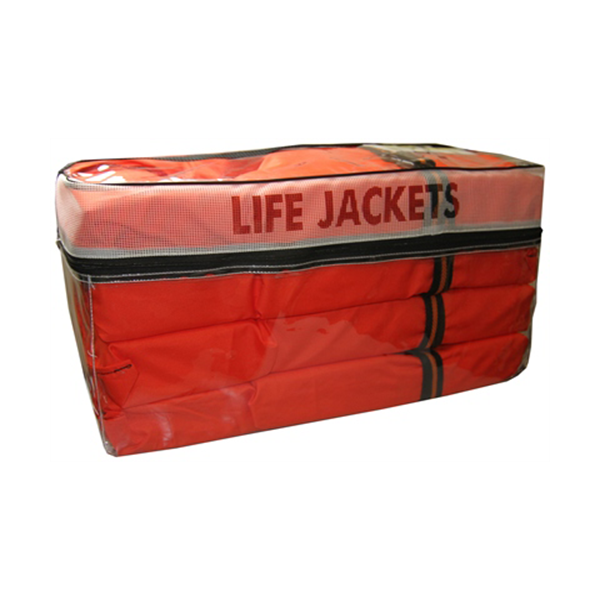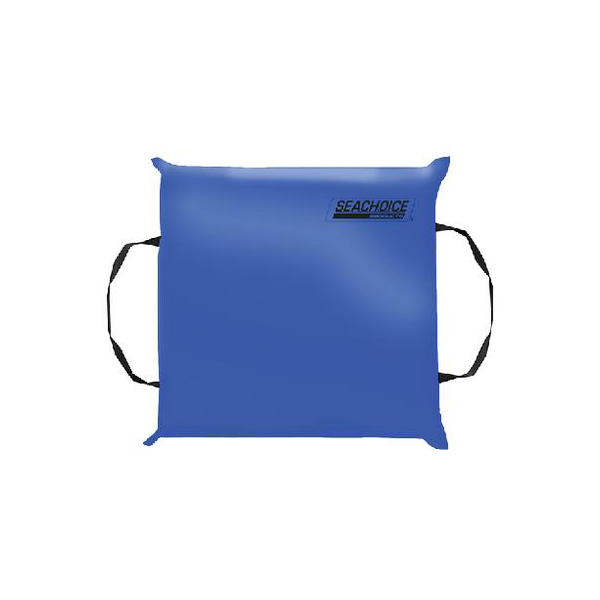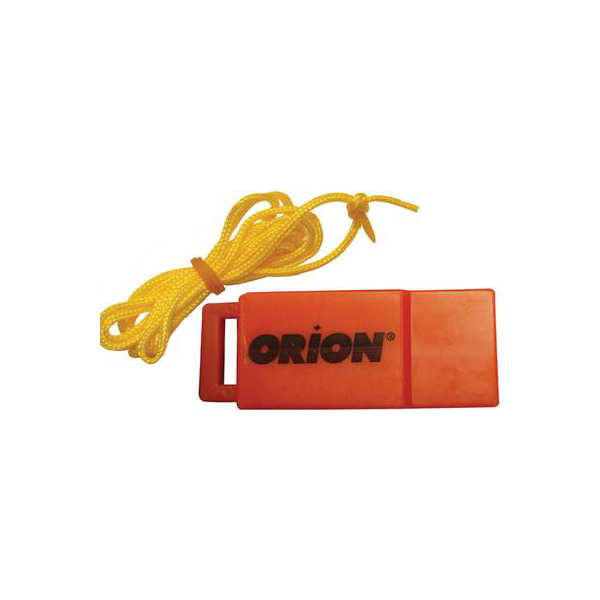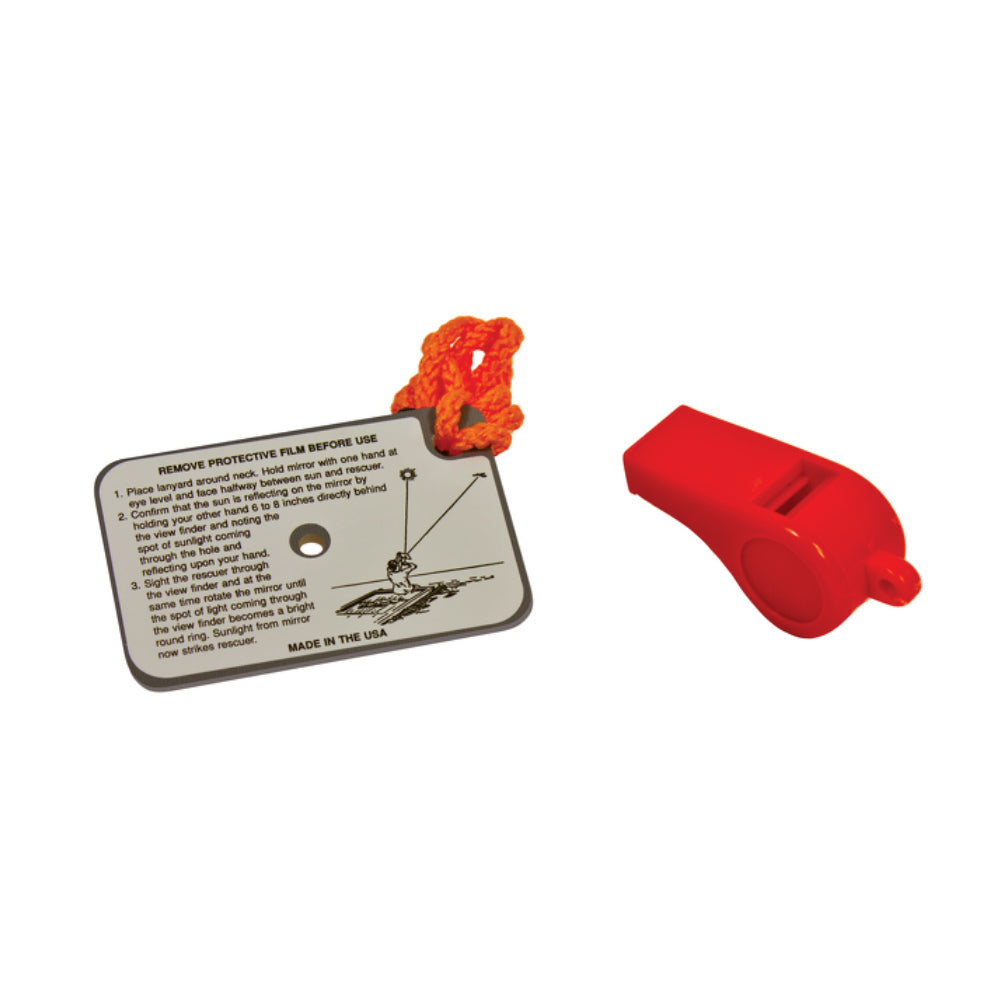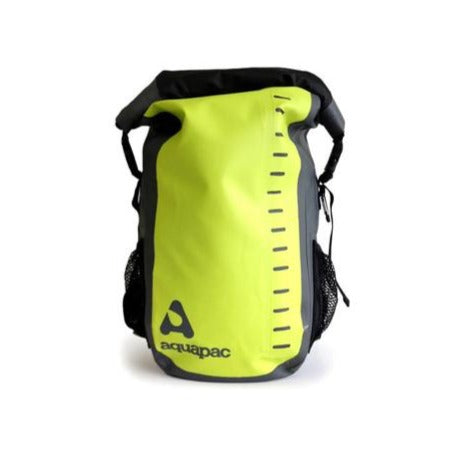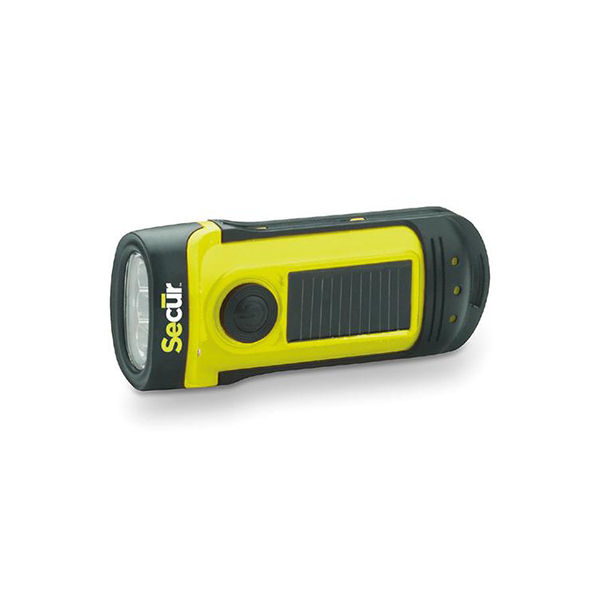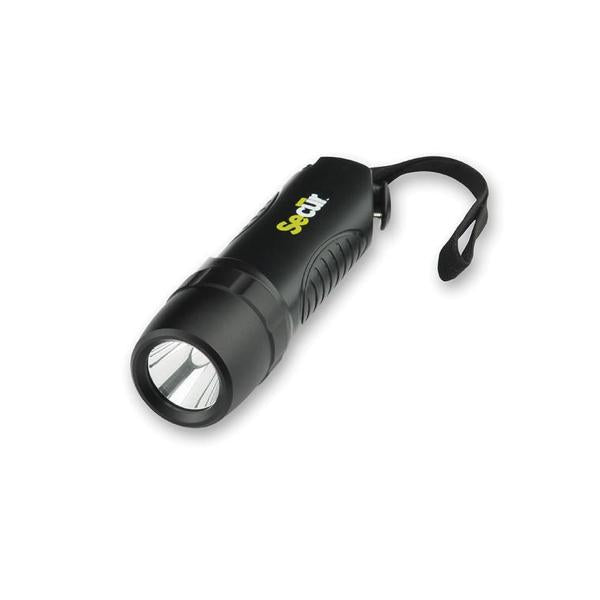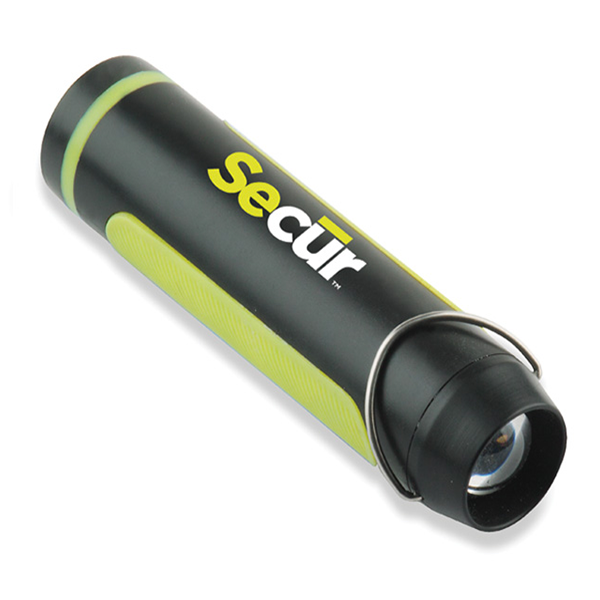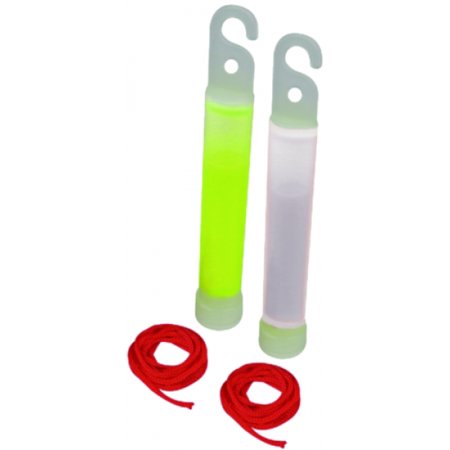Center Console Safety Equipment
Summary: Life Jackets (33 CFR 175) - You may have heard reference to Type I, II, III, IV, and V “Personal Flotation Devices” (PFDs). Type and Number refer to the same equipment, whether called a PFD or life jacket, and that any PFD is approved for use anywhere. All recreational vessels must carry one wearable life jacket for each person on board Any boat 16 feet and longer must also carry one throwable (Type IV) device. A Type I, Off-Shore Life Jacket provides the most buoyancy. It is effective for all waters, especially open or rough waters where rescue may be delayed It is designed to turn an unconscious wearer to a face-up position in the water. A Type II, Near-Shore Buoyancy Vest is intended for calm, inland waters or where there is a good chance of quick rescue. Inherently buoyant life jackets of this type will turn some unconscious wearers to a face-up position in the water, but the turning is not as pronounced as with a Type I. A Type II inflatable turns as well as a Type I foam jacket.
Visual Distress Signals (33 CFR 175.101) Vessels operating on U S coastal waters, the Great Lakes, and territorial seas, as well as those waters connected directly, up to a point where the waterway is less than two nautical miles wide, must be equipped with U S Coast Guard-approved visual distress signals (VDS) Vessels owned in the United States and operating on the high seas must also be equipped with U S Coast Guard-approved visual distress signals. For boats 16' in length or greater: One orange distress flag and one electric distress light - or - three hand-held or floating orange smoke signals and one electric distress light - or - three combination day/night red flares; hand-held, meteor or parachute type.
25 products


